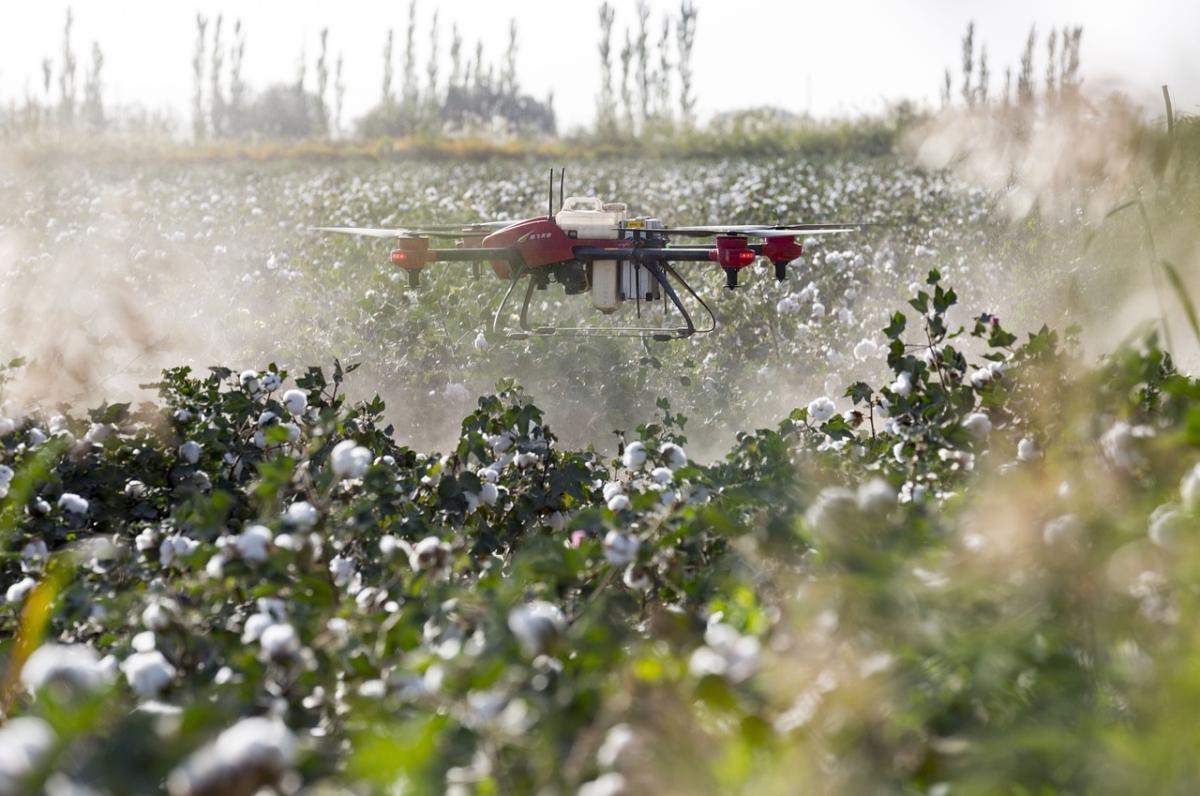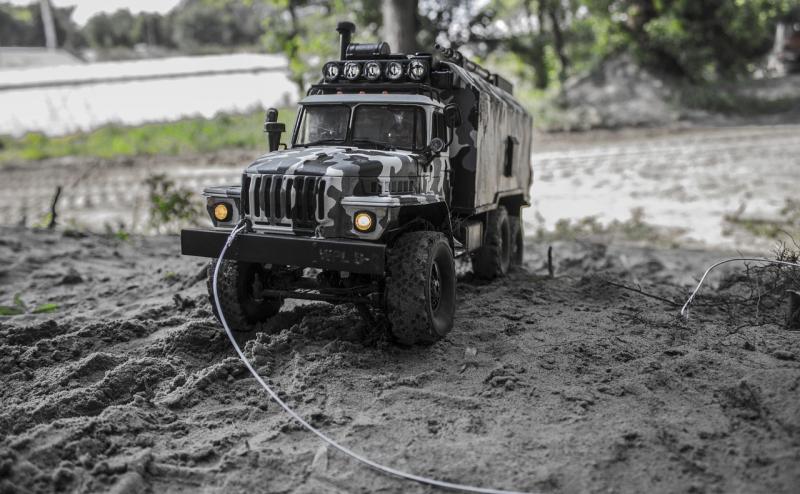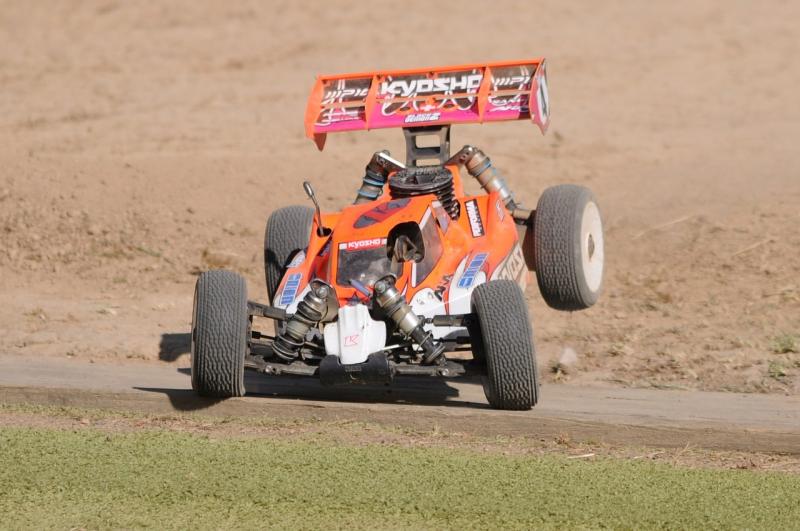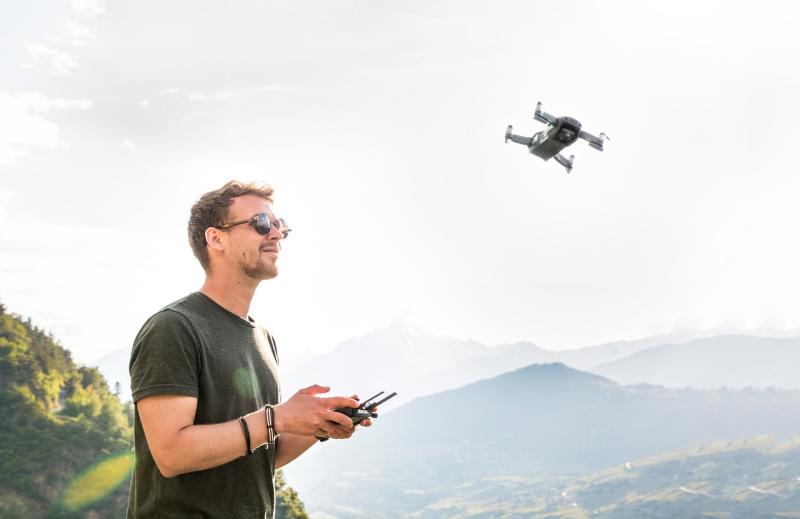With the wide range of drones available on the market today, finding the perfect one for your needs may seem like a daunting task. But fear not, as we're here to guide you through the process and help you make an informed decision on your next aerial companion.
The first step in finding the ideal drone is understanding your specific needs and intended use. Drones come in various shapes and sizes, each with its own set of features designed for different purposes. By identifying what you plan to use your drone for, you can narrow down your options and find the perfect match.
Intended Use: Hobbyist or Professional?
One of the first things to consider is whether you're a hobbyist looking for a drone to capture breathtaking aerial shots on your next vacation, or if you're a professional in need of a high-quality camera drone for commercial purposes. This distinction will help determine the level of functionality and features you require.
If you're a hobbyist, you might prioritize drones with built-in cameras capable of capturing high-resolution photos and videos. Additionally, features like obstacle avoidance, GPS navigation, and a long flight time may be important for capturing the perfect shots. On the other hand, if you're a professional, you might prioritize drones with advanced camera settings, interchangeable lenses, and other professional-grade features to meet the demands of your work.
Flight Performance and Stability
Another crucial factor to consider is the drone's flight performance and stability. This involves examining factors such as flight time, maximum speed, and the ability to withstand wind conditions.
If you're looking to capture lengthy aerial footage or simply enjoy flying without frequent interruptions, a drone with a longer flight time, typically 20 minutes or more, would be a wise choice. Similarly, if you're planning to use your drone in areas with strong wind, opting for a model with superior stability and wind resistance will ensure a smoother flight experience.
Portability and Size
The portability and size of a drone can greatly impact your overall experience, especially if you're frequently on the go. If you plan to take your drone along on adventures or travel extensively, a compact and lightweight model that can be easily stowed away in a backpack or luggage would be an ideal choice.
However, if you intend to use your drone primarily in open areas or for professional purposes, a larger and more robust drone might be more suitable. These larger models often offer advanced features and better image stabilization.
Budget Considerations
Finally, it's essential to consider your budget before diving into the world of drones. Drones come in a wide range of price points, from budget-friendly options to high-end professional drones with multiple functionalities.
If you're a beginner or simply looking for a drone to explore the hobby, starting with an entry-level drone can be a cost-effective option. These drones often come with basic features but still offer an enjoyable flying experience. However, if you have specific professional needs or require advanced features, you might need to invest in a more expensive option.
By understanding your intended use, flight performance needs, portability preferences, and budget limitations, you can easily identify the ideal drone that matches your requirements. Remember to do thorough research, read reviews, and compare different models before making a final decision. Happy droning!
Navigating the Market: Choosing the Perfect Drone
Drones have become increasingly popular in recent years, providing an exciting way to capture aerial footage and explore new perspectives. With the market overflowing with options, finding the perfect drone can seem like a daunting task. However, with a little knowledge and guidance, you'll be well-equipped to make the right choice. So, let's navigate the market and find your perfect drone!
1. Determine Your Purpose
Before diving into the sea of available drones, consider why you want one. Drones come in various shapes, sizes, and functionalities, designed for different purposes. Are you an aspiring aerial photographer, a hobbyist seeking thrills, or a professional in need of high-quality footage? Identifying your purpose will help you narrow down the features and capabilities you require.
2. Consider Your Skill Level
Drones range from beginner-friendly models to more advanced options that demand a higher skill level. If you're a novice, it's best to start with a drone specifically designed for beginners. These drones often come with simplified controls and safety features, giving you the opportunity to learn and gain confidence. On the other hand, experienced users may opt for drones that offer advanced flight modes and more manual control options.
3. Set Your Budget
Establishing a budget is crucial before delving into the drone market. The price range can vary significantly, from budget-friendly options to more premium drones loaded with cutting-edge technology. Determine how much you're willing to invest and keep in mind that a higher price tag often indicates better camera quality, flight stability, and additional features. Remember to consider any additional expenses like spare batteries or accessories.
4. Camera Quality and Stability
If you're interested in capturing stunning aerial footage or still images, camera quality is an essential factor to consider. Different drones offer varying levels of camera capabilities, including resolution, stabilization, and lens quality. Higher-end drones often come equipped with gimbals or specialized systems to ensure smoother and more professional-looking footage. Assess your desired camera requirements and choose accordingly.
5. Flight Time and Battery Life
One of the most critical considerations when purchasing a drone is its flight time and battery life. Drones typically have a limited flight time, which can range from 10 minutes to over 30 minutes, depending on the model. Longer flight times allow for more prolonged and enjoyable flights. Additionally, considering the battery life and the availability of spare batteries is vital to avoid frequent interruptions during your drone adventures.
6. Size and Portability
Another aspect to factor in is the size and portability of the drone. If you plan to travel frequently or want a drone you can easily carry around, opt for a portable and compact design. Larger drones may offer more stability and advanced features, but they might also be bulkier to transport. Assess your needs and prioritize the balance between size, functionality, and portability.
7. Safety Features
Safety should always be a priority when flying drones. Several drones come equipped with features like obstacle avoidance sensors, return-to-home functions, and automatic landing capabilities. These safety features protect your investment and prevent potential accidents. Prioritize drones that include these safety measures, especially if you're a beginner or plan to fly in crowded areas.
With these guidelines in mind, you're now ready to embark on your quest to find the perfect drone. Remember to read reviews, compare specifications, and consult experienced drone enthusiasts to make an informed decision. Soon enough, you'll be capturing breathtaking aerial footage and exploring the world from a whole new perspective!
Mastering Your Flight: Getting the Most out of Your Drone
So, you've bought yourself a shiny new drone – congratulations! Now it's time to take your flying skills to the next level and make the most out of your new device. Whether you're a beginner or a seasoned pilot, here are some tips and tricks to help you master your drone flight experience.
1. Start with the Basics
Before you soar to the skies, it's important to familiarize yourself with the basics of drone flying. Read the instruction manual thoroughly to understand your drone's specific features and controls. Make sure you know how to calibrate your drone and adjust settings such as altitude limits and flight modes. This foundation will set you up for success and prevent any avoidable mishaps.
2. Practice Makes Perfect
As with any skill, practice is essential to improve your drone piloting abilities. Find an open, spacious area away from obstacles and people to practice your maneuvers. Start with simple movements such as ascending, descending, and hovering. Gradually, move on to more complex actions such as flying in circles and figure eights. Take your time, be patient, and don't forget to enjoy the process – flying a drone is an incredible experience!
3. Understanding Flight Modes
Most drones come with different flight modes, each serving a specific purpose. Familiarize yourself with the available modes such as GPS mode, sport mode, or even cinematic mode. GPS mode is great for beginners as it helps stabilize the drone and maintain a steady position. Sport mode allows for faster and more agile flying for those seeking a thrilling experience, while cinematic mode smooths out movements for cinematic-like videos and shots.
4. Utilize Safety Features
Drones are equipped with a range of safety features to prevent accidents and protect your investment. Take advantage of features like obstacle avoidance or return to home functions. Obstacle avoidance sensors can detect and avoid obstacles in your drone's flight path, while the return to home function ensures your drone safely returns to its takeoff location with the press of a button. Understanding and utilizing these safety features will help you fly with confidence and peace of mind.
5. Explore the Drone's Capabilities
Once you have a good grasp of the basics, it's time to explore the full potential of your drone. Experiment with different flight patterns, altitudes, and camera angles to capture unique and stunning shots. Get creative with your flying and push the boundaries of what your drone can do. Remember, the sky is not the limit – it's just the beginning!
6. Join a Community
The drone community is full of passionate and knowledgeable pilots who are always keen to share their experiences and tips. Consider joining online forums or local drone clubs to connect with other enthusiasts. You can learn from their expertise, get feedback on your flying, and even discover exciting new locations to explore from the air. Building connections within the community will enhance your drone-flying journey and open up new opportunities.
Mastering your flight and getting the most out of your drone is all about patience, practice, and experimentation. Remember to follow local regulations and always fly responsibly. So get out there, spread your wings, and let your drone take you on incredible aerial adventures!



